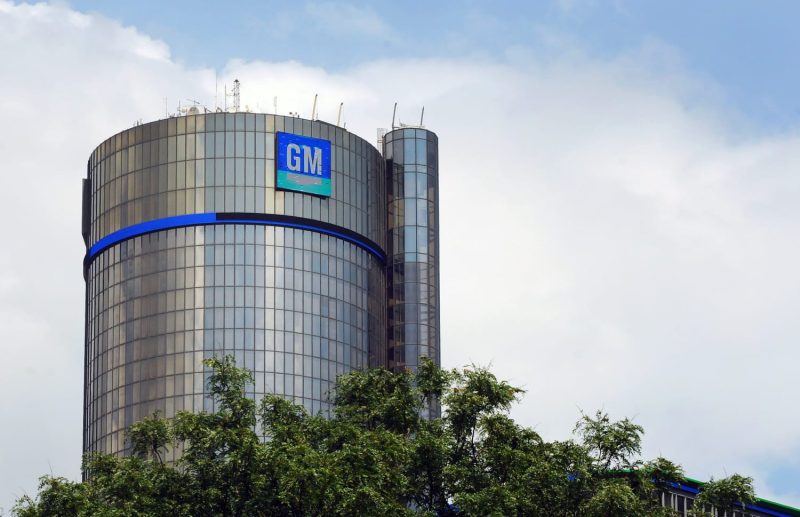
GM’s Strategic Shift: Cutting Costs with Layoffs of 1,000 Employees
General Motors Announces Layoffs Due to Reorganization and Cost-Cutting Efforts
General Motors (GM) recently made headlines by laying off 1,000 employees as part of a larger effort to reorganize the company and cut costs. This move comes amid changing market dynamics and increased competition in the automotive industry. While the news may be concerning to those directly impacted by the layoffs, it reflects a strategic decision by GM to position itself for long-term success.
The automotive industry is undergoing significant changes, driven by factors such as evolving consumer preferences, advancements in technology, and regulatory pressures. In this rapidly changing landscape, automakers must adapt to stay competitive and ensure their long-term viability. For GM, this means making difficult decisions, such as reducing its workforce to streamline operations and achieve cost savings.
By reorganizing its business and cutting costs, GM aims to enhance its efficiency and agility in response to market challenges. The layoffs, while unfortunate for those individuals affected, are part of a broader strategy to optimize resources and align the company’s workforce with its strategic goals. In a highly competitive industry where innovation and cost-effectiveness are crucial, companies like GM must continuously reassess their operations to stay ahead.
Moreover, GM’s decision to lay off employees is not only about cost-cutting but also about refocusing its resources on key areas of growth and innovation. As the automotive industry shifts towards electric and autonomous vehicles, GM needs to invest in new technologies and business models to remain at the forefront of innovation. By streamlining its workforce and reallocating resources, GM can allocate more funding towards research and development in these critical areas.
While layoffs are always challenging for both employees and the company, they can sometimes be a necessary step to ensure long-term sustainability and competitiveness. Companies like GM must make tough decisions to adapt to changing market conditions and position themselves for future success. By reorganizing its operations, cutting costs, and investing in innovation, GM is taking proactive steps to navigate the evolving automotive landscape and secure its position as a leader in the industry.
